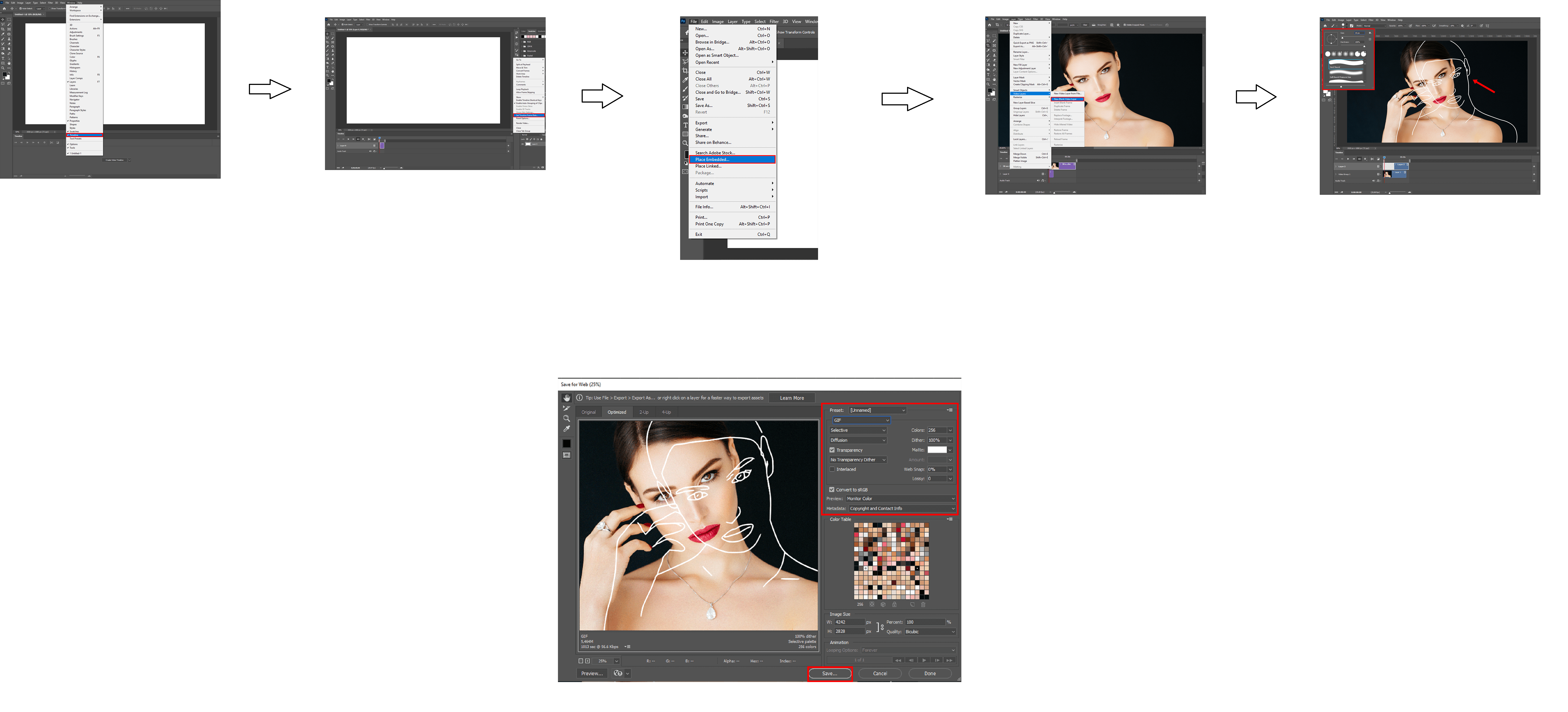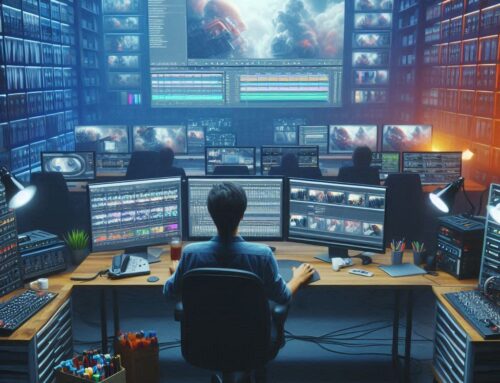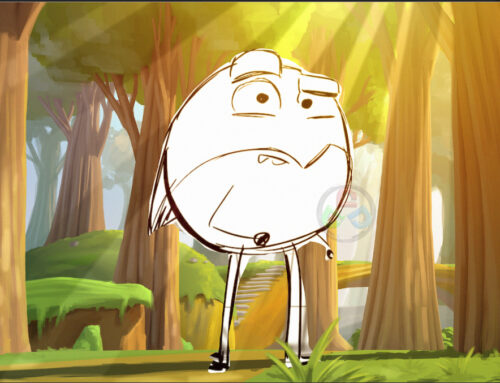What is Video Rotoscoping?
Video Rotoscoping Reel by 3D services India
Rotoscoping or Video Rotoscoping is a high-level editing technique, combines frame-by-frame animation with live-action footage. It separates an element from the background, offering creative possibilities through methods like Masks or direct drawing on the footage.
Reasons to Choose Video Rotoscoping
Video Rotoscoping is a versatile tool for filmmakers, addressing challenges and enhancing visual effects. When combined with Green Screen and Motion Capture, it creates captivating effects, making it ideal for special effects shots, scene fixes, or adding/removing elements.
Crafting Style with Rotoscoping
Utilize Rotoscoping to create a unique style in videos and movies. Movies like “A Scanner Darkly” and music videos like A-ha’s “Take On Me” showcase the distinct looks achievable through Rotoscoping, emphasizing movement and design.
Fixing Shots and Alternatives
Video Rotoscoping is effective for fixing shots with unwanted elements. Content creators, such as Corridor Crew, use it alongside other VFX tools. Understanding when to use Rotoscoping over Chroma Keying or Motion Capture is crucial.
Chroma Key vs Rotoscoping
Chroma Keying removes specific colors, mainly used with Green Screen. Rotoscoping separates elements onto layers, offering versatility in various footage conditions.
Motion Capture vs Rotoscoping
Motion Capture records actors’ movements with spots/dots, requiring careful project planning. Rotoscoping, while powerful, is less complex and suitable for beginners.
Advantages/Disadvantages of Video Rotoscoping
Understanding filming requirements, time commitment, and costs is crucial when choosing Rotoscoping.
Video Rotoscoping
– Specific filming requirements: No
– Quick to do: Depends on complexity and length
– Additional costs: No
– Skill level: Beginners
Chroma Key
– Specific filming requirements: Yes – Green Screen and lighting
– Quick to do: Yes
– Additional costs: Yes – Green Screen and lighting
– Skill level: Beginners
Motion Capture
– Specific filming requirements: Yes
– Quick to do: No
– Additional costs: Yes – Requires a complete setup
– Skill level: Professionals
Tips for Video Rotoscoping
1. Plan Ahead: Firstly, film with the end result in mind, considering camera movement and lighting.
2. Be Patient: Rotoscoping involves creating Keyframes for each frame, requiring patience for a professional look.
3. Choose Wisely: In Addition, know when to use Green Screen or Rotoscoping based on project needs.
4. Practice Regularly: Improve editing skills through consistent practice, essential for successful Rotoscoping.
How to Rotoscope
Rotoscoping offers a range of styles. Here’s a simple guide using a Tennis Ball Bouncing shot
Explore Rotoscoping with Photoshop:

1. First of all, place the clip on the Timeline and trim as needed.
2. Furthermore, duplicate the clip, creating new tracks.
3. However, use the Freehand Mask tool to separate the desired element.
4. Set keyframes to track and adjust the mask for each frame.
5. Lastly, experiment with effects for a unique look.
Mastering basic separations allows exploration of more complex shots and effects.
Q&A Section
Q1: How does Rotoscoping differ from Chroma Keying and Motion Capture?
A1: Video Rotoscoping involves frame-by-frame separation, Chroma Keying removes colors, and Motion Capture records actors’ movements digitally.
Q2: What are the advantages and disadvantages of Rotoscoping?
A2: Rotoscoping is versatile and suitable for beginners but time-consuming. It’s cost-effective compared to Chroma Keying and Motion Capture.
Q3: Why is Rotoscoping a valuable skill for VFX artists?
A3: Video Rotoscoping allows artists to cut, rearrange, or enhance elements in shots, contributing to the creation of fantastical worlds in films.




